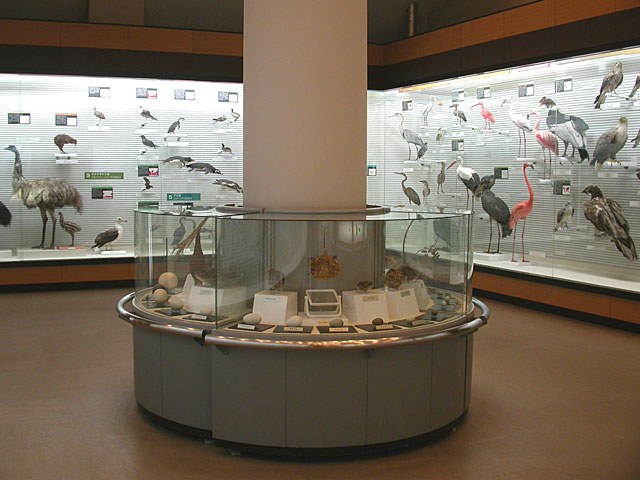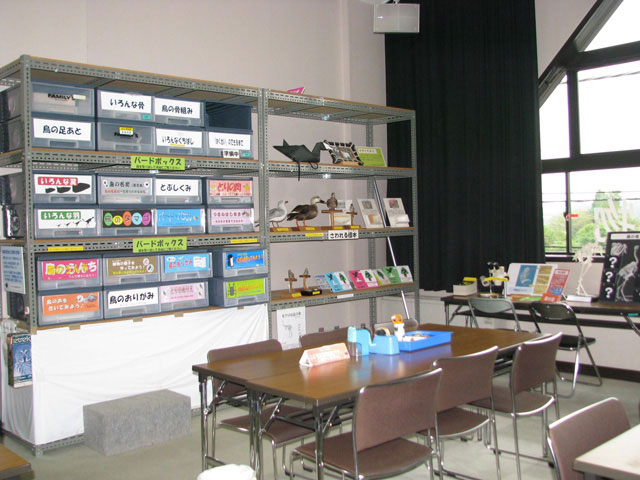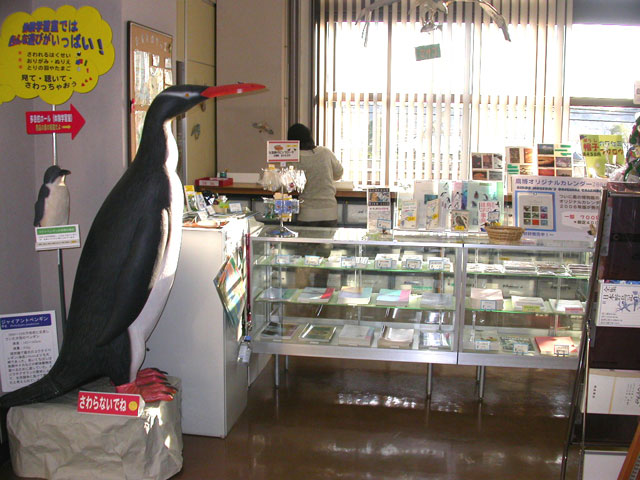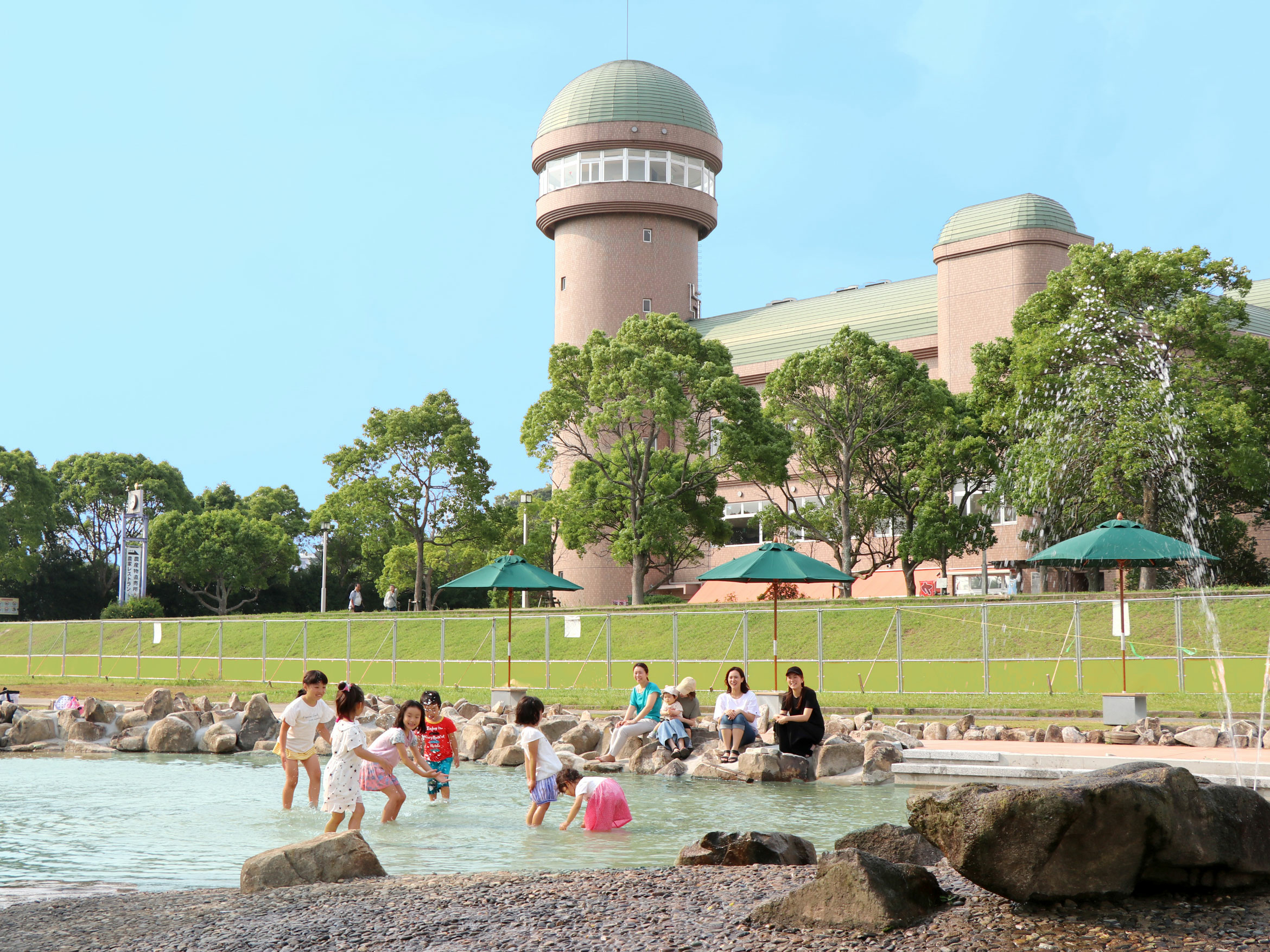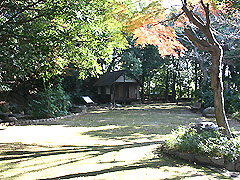Water Environment Conservation Awareness and Agricultural Base Facility spread to the shores of Lake Teban. The water hall in the central facility includes a corner, a planetarium and an observation room where you can learn about the creatures, history and culture of Teganuma, as well as a produce shop and a restaurant. In addition, there is a water square and a jabujabu pond outside where you can play in the water. The view from the observation room has been selected as "100 views of Chiba Observation", and you can see 360 degrees over Teganuma, etc., and you can see Mount Fuji when the air is clear. In addition, a binocular telescope is also installed, allowing you to enjoy a distant view. The restaurant also offers terrace seating, and you can enjoy a variety of local safe and secure fresh vegetables while looking at Teganuma.


